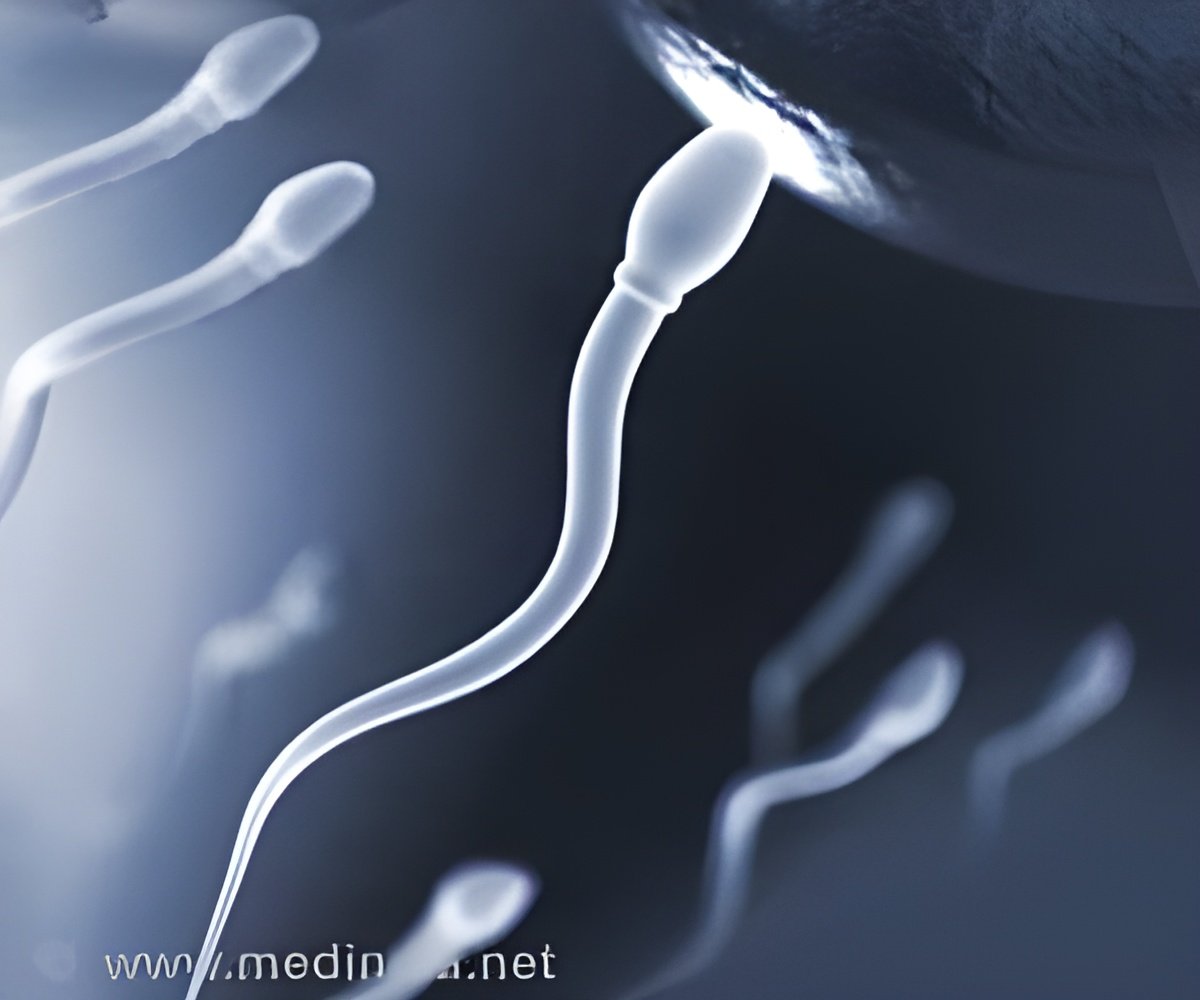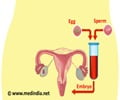Poor semen quality contributed to increase in infertility and the use of assisted reproductive technology in all industrialized countries.

‘Poor semen quality is so widespread in industrialized that researchers suspect that it results in low pregnancy rates. The average man was found to have up to 90% of abnormal sperm.’





The researchers observed lower levels of testosterone in average men. First author of the article, professor Niels E. Skakkebaek from the department of growth and reproduction at Rigshospitalet and the University of Copenhagen, said, "I was surprised that we found such poor semen quality among young men aged 20 to 25 years. The average man had up to 90% of abnormal sperm. Normally, there would be so many sperms that a few abnormal ones would not affect fertility. However, it appears that we are at a tipping point in industrialized countries where poor semen quality is so widespread that we must suspect that it results in low pregnancy rates."
The research team said, "Many of the male reproductive problems could be due to damage to the testes during embryonic development. While the reproductive problems could arise from genetic changes, recent evidence suggests that most often they are related to environmental exposures of the fetal testes."
Skakkebaek said, "Since the disorders in male genitals have increased over a relatively short period of time, genetics alone cannot explain this development. There is no doubt that environmental factors are playing a role and that endocrine-disrupting chemicals, which have the same effect on animals, are under great suspicion. The exposure that young people are subjected to today can determine not only their own, but also their children’s, ability to procreate."
Skakkebaek suggested that the study has significant public health implications as there is much focus on the age of delivering women as the only biological factor behind the low birth rates in industrialized countries. He said, "Age does indeed play a role. However, we found in our analysis that the average age of a delivering woman in Denmark in 1901 was the same as today, suggesting that delayed childbearing alone cannot explain the current trends."
Advertisement
The article was recently published in Physiological Reviews.
Advertisement










